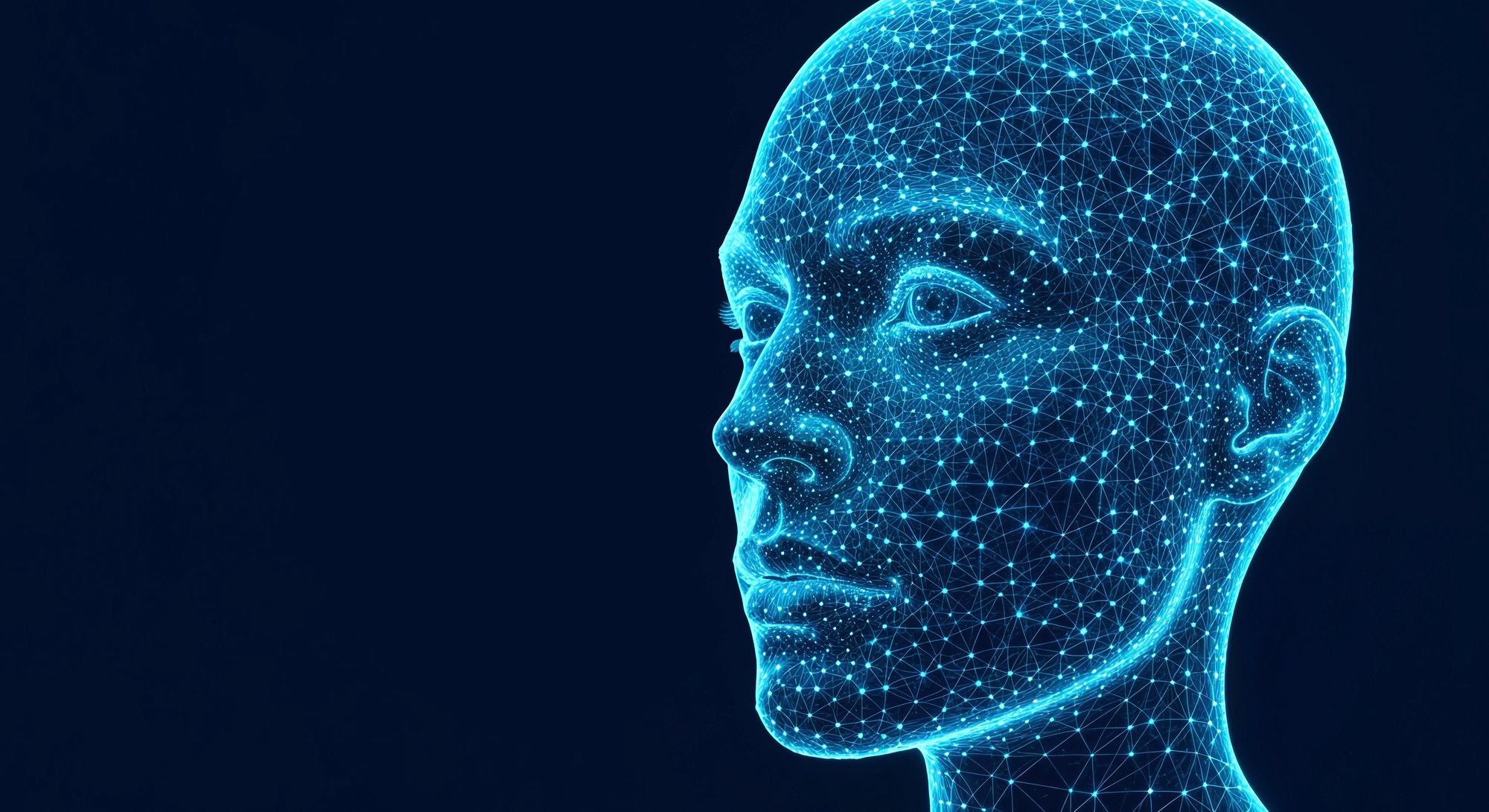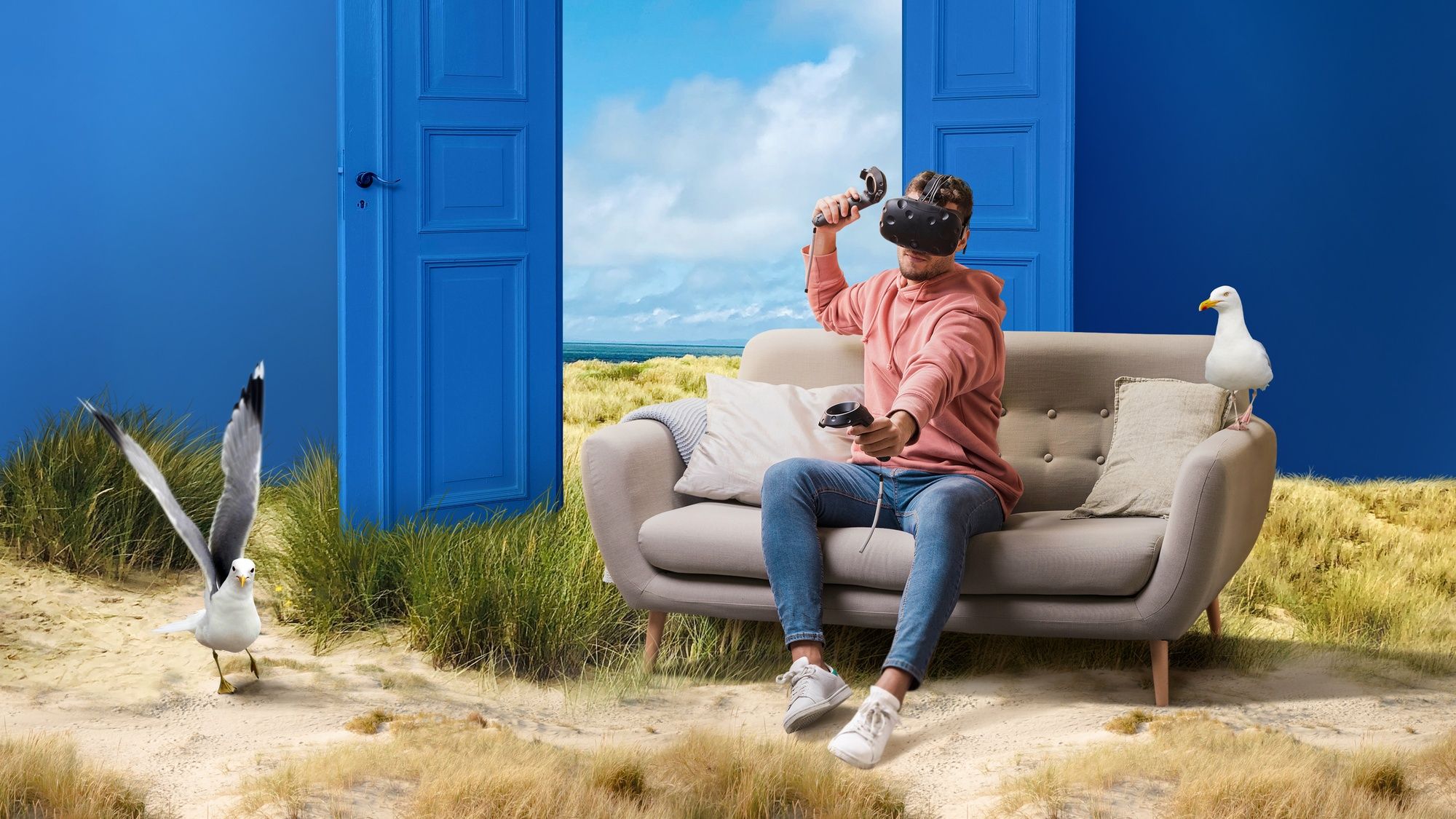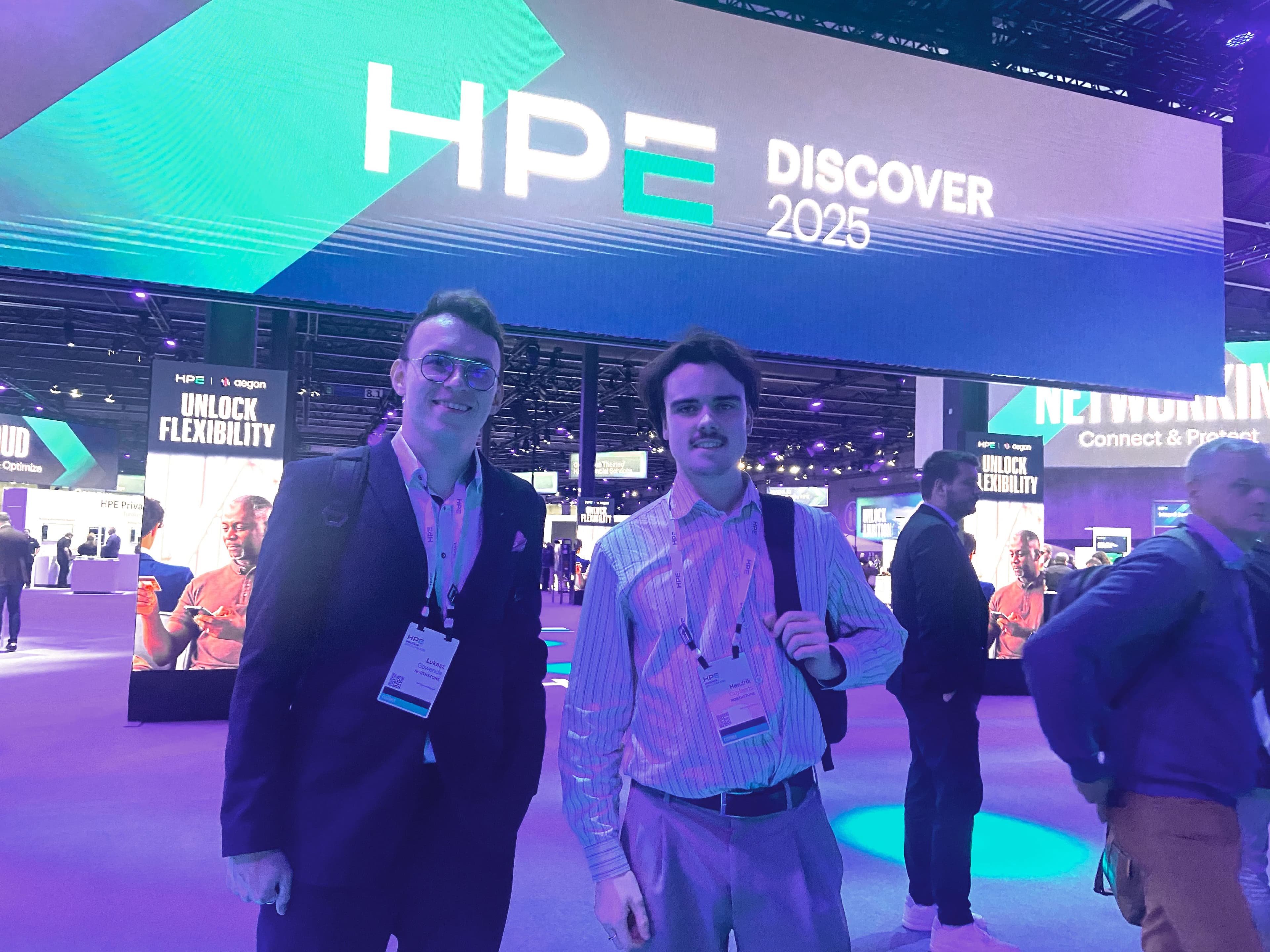The Metaverse interpreted by OneBonsai

A few weeks ago, Facebook announced the creation of the parent company called Meta. With this, Facebook leadership wanted to highlight the refocus of their efforts from pure online social media to a more immersive strategy using the latest Virtual and Augmented technologies.
Obviously, for a company like OneBonsai, such an announcement from a large player in the field must have a fundamental impact on our strategy. In the last couple of weeks, OneBonsai has analyzed how to best approach this change in dynamics, how it is positioned already and how to continue to offer its services to an audience that clearly will awaken to the utility of this “new” Metaverse.
First, let’s explain a bit more in-depth what the Metaverse entails, for those not entirely initiated. The Metaverse actually is not a new concept, but has been coined for a long time already as an overarching concept that includes the real reality, but encompasses “new” realities generated with technologies like Virtual and Augmented Reality. Indeed, multiple movies already talk about “a” Metaverse, going from The Matrix up to Ready Player One.

Talking about the Metaverse, aside from the marketing lingo, is largely as talking about the internet in 1970. Nobody really knows where this concept will lead us to in 10 – 20+ years. Naturally, there are big caveats and potential risks related to the implementation of this vision. Nobody wants to live in a dystopian world where the Metaverse is like opium for the “commoners”. However, we believe that the concept can also be used for good, some of which can be linked to training and educating people. One thing seems clear however, the technological barriers to implement a concept like the Metaverse are getting smaller and smaller.
Virtual Reality
Indeed, Virtual Reality, at this moment, already makes it possible to generate life-like environments, with digital humans that can pass – from a distance – for real humans.

You can interact, with your hands or controllers, with digital objects, share a classroom with people on the other side of the planet while floating in space, and explore the depths of the ocean while being in your living room. You can exercise, learn, play and train in Virtual Reality.
Physical space limitations
A fully immersive experience helps you engage much more, will allow you to, under certain conditions, retain knowledge faster, and allow you to learn new skills in a safe environment. The technology however still has limitations: while you can freely move around in a virtual space, you will be limited to the physical space as to how far you can wander off.
Using Virtual techniques or additional hardware, this can be remedied, but this might reduce the immersion, drive up costs or make the system more complex to setup and use. Also, while the headset has improved in size and ergonomics, it still can be uncomfortable to wear it for prolonged periods. For that reason alone, we typically recommend VR sessions of max 20 minutes.
While VR does still have its limits, we believe that this technology is ready to prove its capabilities. VR is not the future anymore; it is right there. Companies and individuals alike can use it right now and make a difference to their life and business.
Augmented Reality
Augmented Reality allows us to extend the real reality with digital objects. However, this has proven to be quite tricky, and while technologically advanced headsets like the Hololens 2 or Magic Leap are available, the result typically is somewhat limited in usability. Indeed, often, these headsets are being relegated to niche business use-cases.

Current technology does not yet allow for augmentation of an entire (or significant portion of the) field of view. As such, looking through an AR glass might seem like looking through a keyhole. Only part of the field of view can contain a digital object. This limitation is not a problem for many business use-cases (eg brain surgery using Hololens), but does impede the more widely spread use of these glasses. Add to that the fact that these glasses are very expensive and potentially fragile, and you can see that the technology is not yet ready for general use.
Despite the technological limitations, there are serious efforts in making this technology approachable for the general public. Notably, investments from the likes of Apple, Microsoft and recently WebEx seem set to change this within a few years. The latter allows people to have virtual meetings with holograms, which sounds straight out of a Starwars movie, but can already be achieved (with limitations) using current headsets.
Aside from the hardware challenges, Augmented Reality will also require significant improvements on the software side. Namely, to place a virtual object in a physical room, you will at least need to have a basic understanding of the layout of the room.

The headset or device will recognize the floor to place objects. You need to know what the floor is, that the table will block part of your view, that there are other objects in the room the virtual object can interact with. These days, basic environment recognition is already quite good. A more general understanding of the environment’s contents, categorization of physical objects and significant interaction with physical objects has proven to be trickier. This behavior will require further advances in SLAM (Simultaneous Localization and Mapping) technologies and require significant integration of Cloud/Edge Artificial Intelligence, including 5G connectivity.
We strongly believe that Augmented and Virtual Reality will eventually merge. As such, the Metaverse term could indeed encompass both.
Where does this all go?
Now, what does this all mean in the short and medium-term, for a company like OneBonsai and for possible aspiring Business Metaverse adopters?
While, for obvious reasons, Facebook has put the Metaverse mostly in front of consumers, at OneBonsai our prime concern is how the Metaverse can be used in a professional setting. We are already busy since 2016 with building such a Metaverse. In our case, we call it the Training Metaverse.
As such, we found ourselves uniquely placed to offer our existing services to our current and future clients. The Training Metaverse allows clients to train their personnel effectively and efficiently using the latest VR technologies. Our Metaverse allows instructors to easily join trainees remotely, track performance, integrate additional VR environments and use a variety of VR (and non-VR) headsets.
However, the vision of the Metaverse transcends our current service offerings. Indeed, at OneBonsai we believe that building a Training Metaverse includes cooperation at multiple levels. While we are quite sure we can get the technology ready and already have a good stack available, populating this Metaverse will be a collaborative work. Indeed, Facebook said as much when they announced to hire up to 10.000 engineers in the EU alone to help build the Metaverse!
Therefore, aside from engineers and designers, any VR designing company needs you – the subject matter expert. At OneBonsai for example, we are not doctors, nurses, police officers, operators, technicians or teachers. We are engineers, designers and educational scientists. To build content, you need a good mix of experts, educational scientists and VR experts. Only then you are able to build training modules that matter. Training modules that teach, engage, immerse and make a difference. Only then, you are able to offer tools to companies and institutions worldwide and sector wide that will help them teach the new generation, reschool existing personnel, improve safety records, attract new talent and transfer knowledge efficiently.
That is our vision: collaboratively building training modules that matter.
To this end, we are already working with experts to scope, design, build and test new modules. Each module will help make the Training Metaverse more a reality – pun intended. In 2022, we aim to bring our Training Metaverse worldwide, and offer it to clients across many sectors. Our Training Metaverse should help 1000’s of employees master their job, reduce risks and improve work conditions. The Metaverse should help people in need, across the globe, irrespective of where the expertise resides.
This growth will bring its own challenges, but it will be an interesting ride! At OneBonsai we are passionate about the direction the industry is going into. With our team of experts and enthusiasts we are sure to be able to meet and exceed the challenges put in front of us!
This document goes into a bit more detail as we were able to do in our talk at the United Nations GSTIC 2021 at the Dubai Expo. There we talked about Co-creation in Building VR Training Modules for medical use-cases. Feel free to check out the video here.

EVAREST SCHOOFS
December 7, 2021









